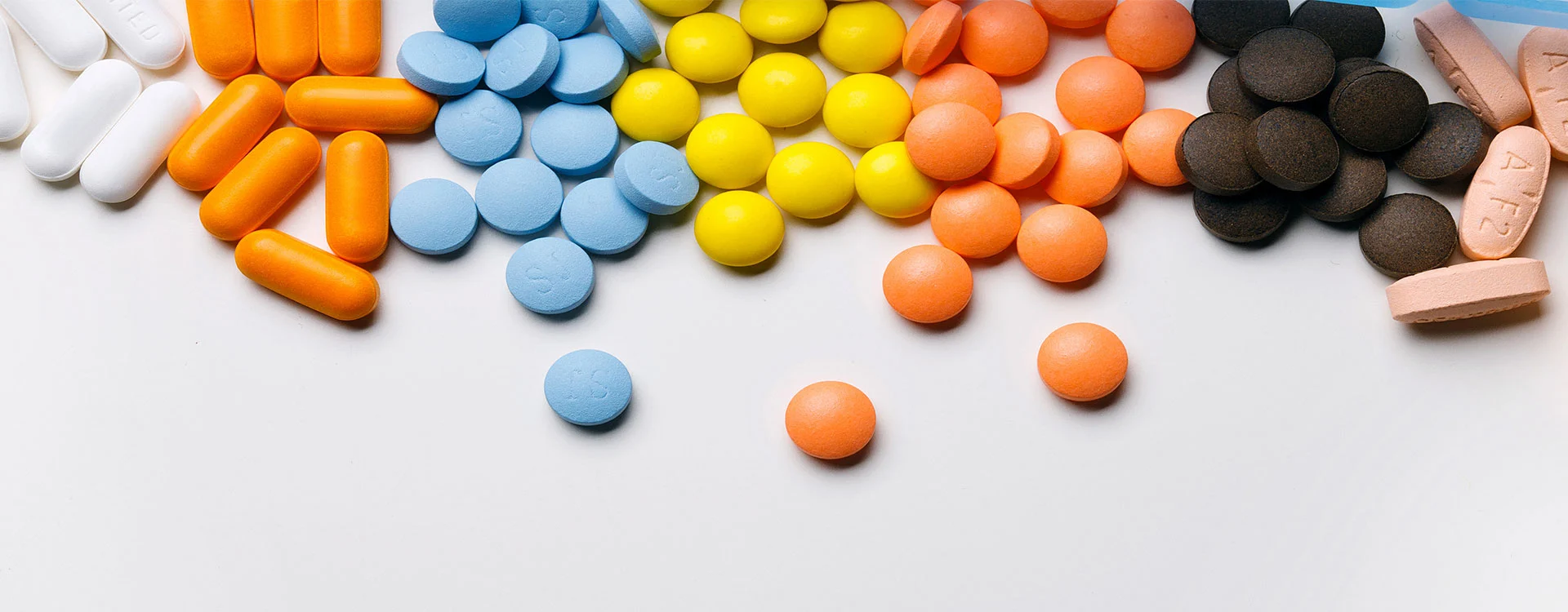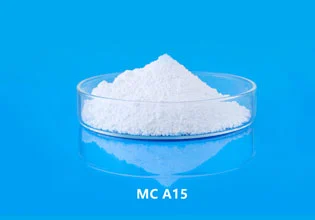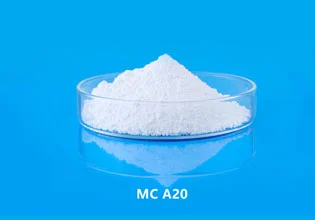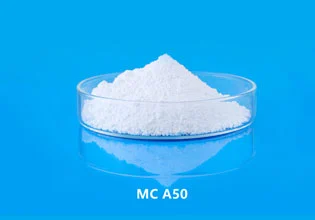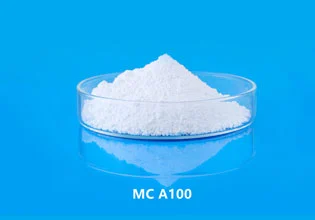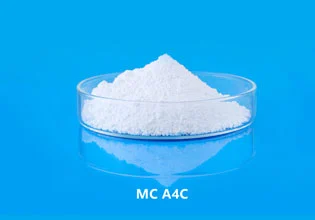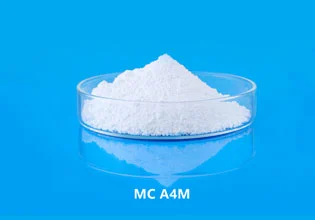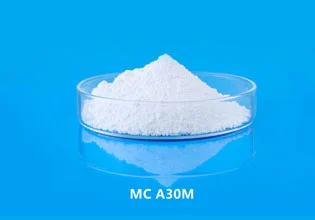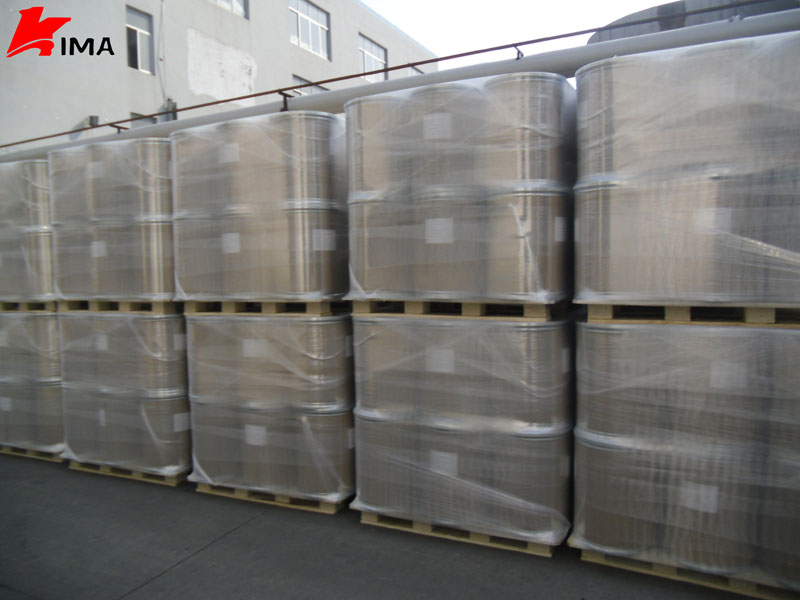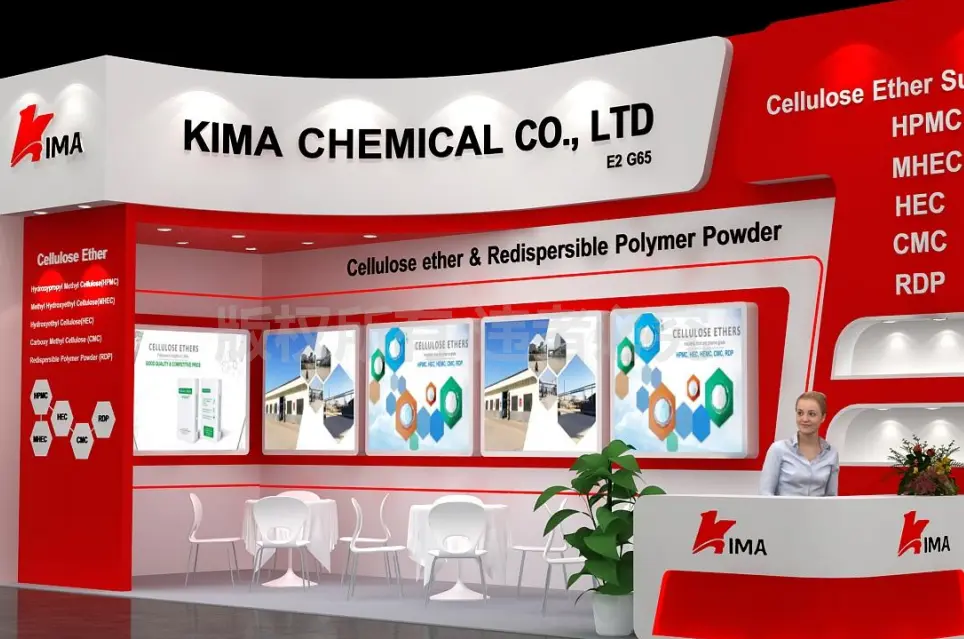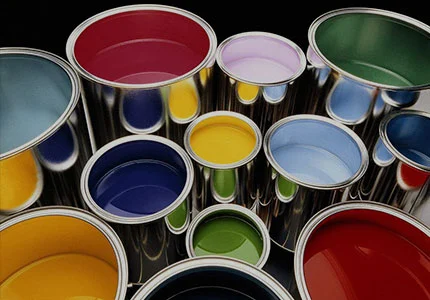Methyl Cellulose(MC) is a white, odorless, and tasteless cellulose ether that is soluble in cold water and hot water. It is used in a wide range of industries, including food, pharmaceuticals, construction, and personal care, for its thickening, stabilizing, and binding properties.
MC can undergo thermal gelation, forming a gel that can be used in various applications, such as in food products to create a gel-like texture.
MC has film-forming properties, which makes it useful in the food and personal care industries for creating films or coatings on various products.
MC is biodegradable, meaning it can be broken down by microorganisms in the environment over time. This property makes it a more environmentally friendly option compared to some other synthetic polymers.MC is non-toxic and generally considered safe for use in various industries, including food, pharmaceuticals, and personal care, detergent, building, paint&coatings.
CAS: 9004 67 5
 English
English 日本語
日本語 français
français Deutsch
Deutsch Español
Español italiano
italiano русский
русский português
português العربية
العربية Türkçe
Türkçe Nederland
Nederland
